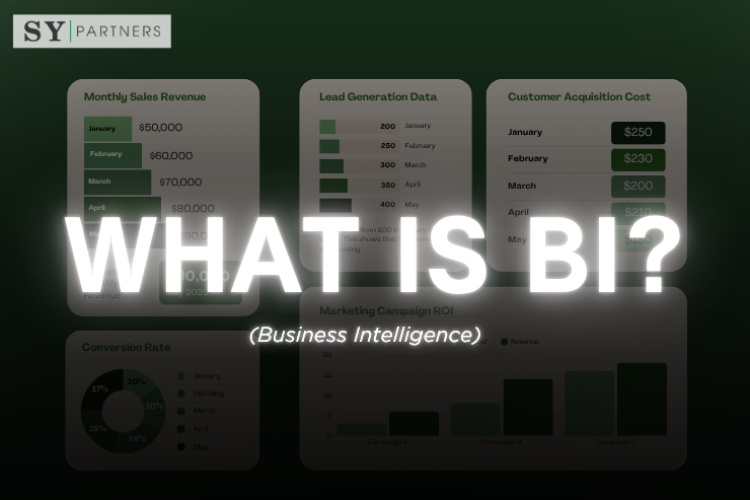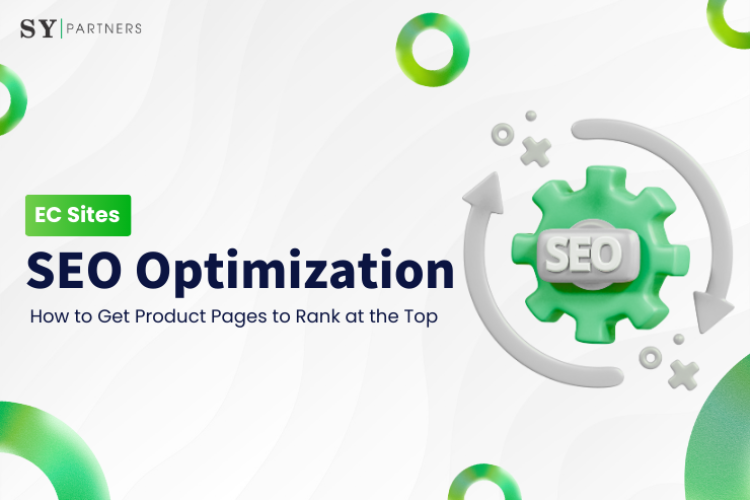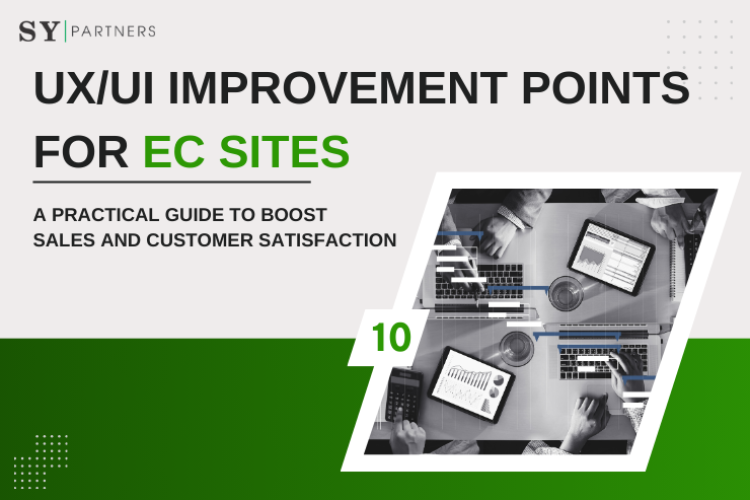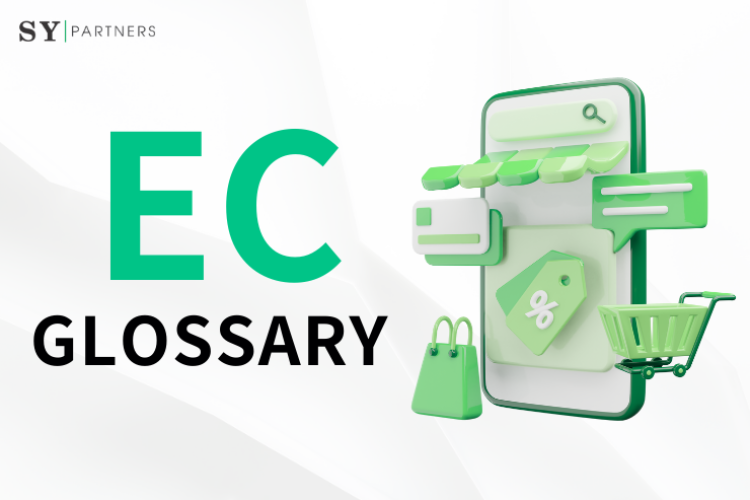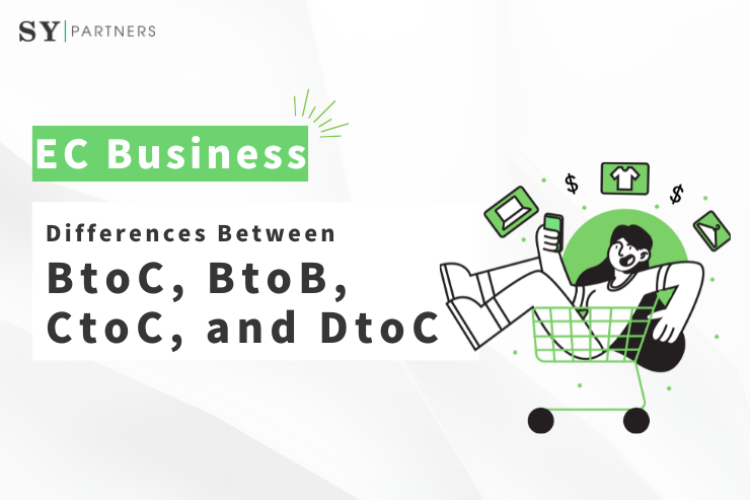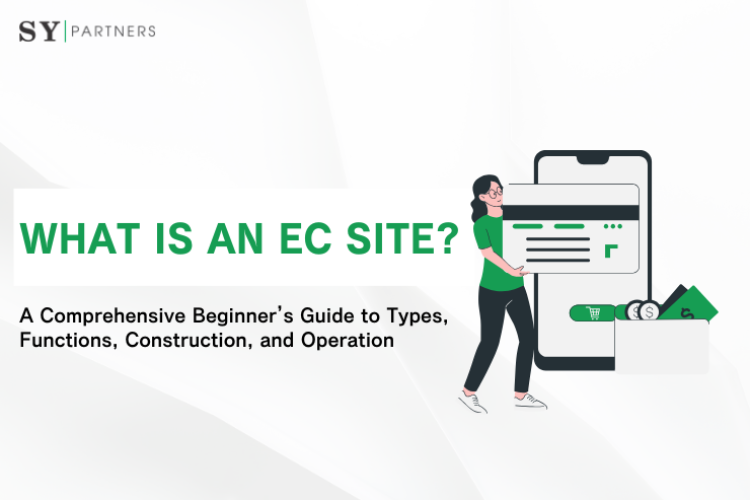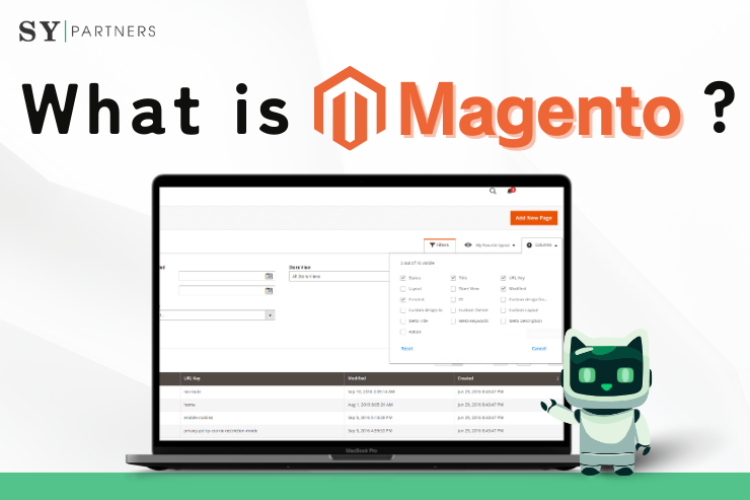10 Essential Checkpoints to Know Before Launching Your E-Commerce Website
An e-commerce site (EC site) is a platform for selling products and services online, allowing businesses and individuals to directly approach customers. However, launching an EC site requires strategic planning and preparation. Many elements must be considered, including defining the target market, selecting the right platform, implementing payment systems, SEO measures, and legal compliance.
This article provides a detailed explanation of the 10 checkpoints you should confirm before launching an EC site. It equips beginners to intermediate users with the knowledge to understand the overall picture of EC site construction and achieve success. Information is organized using tables, and the structure is logical and easy to read. If you want to operate an EC site effectively and maximize business results, please read to the end.
1. Preparation Process for Launching an EC Site
Launching an EC site is more than just building a website; it is a process that integrates business strategy and technical foundation. To succeed, prior planning and confirming checkpoints are essential. The following table organizes the preparation process for launching an EC site.
| Process | Description |
|---|---|
| Goal Setting | Define sales goals, target customers, and brand positioning |
| Market Research | Analyze competitors, customer needs, and market trends |
| Technical Plan | Decide specifications for platform, hosting, and security |
| Operations Plan | Build processes for inventory management, shipping, and customer support |
By organizing these processes in advance, the direction of the EC site becomes clear and confusion after launch can be prevented.
2. Ten Checkpoints Before Launching an EC Site
To ensure the success of launching an EC site, you must confirm the following 10 checkpoints in advance. Each point is explained in detail and organized in tables.
2.1 Clarifying the Target Market and Customers
The success of an EC site depends on understanding the target market and customer needs. The following table organizes the key points of target setting:
| Point | Description |
|---|---|
| Customer Segment | Identify target customers based on age, gender, region, and buying behavior |
| Needs Analysis | Research what products, price ranges, and shopping experiences customers seek |
| Market Positioning | Define differentiation points from competitors (e.g., price, quality, uniqueness) |
Clarifying customer segments enables effective product selection and marketing strategy design. Needs analysis forms the foundation for providing products and services that increase customer satisfaction.
2.2 Selecting the Platform
The EC site platform affects functionality, scalability, and operating costs. The following table organizes the key points of platform selection:
| Point | Description |
|---|---|
| Feature Comparison | Compare features such as product management, inventory management, payment, SEO |
| Customizability | Check if design and functions can be customized to business needs |
| Cost | Evaluate initial cost, monthly fees, and transaction fees |
Shopify is user-friendly for beginners, while WooCommerce offers high customizability. Choose based on business scale and technical skills.
2.3 Implementing the Payment System
Secure and diverse payment options directly impact customer experience and sales. The following table organizes the points of payment system implementation:
| Point | Description |
|---|---|
| Diverse Methods | Support credit cards, digital wallets, bank transfers, etc. |
| Security | Protect payment data with PCI DSS compliance and SSL encryption |
| User Experience | Design a smooth checkout process |
By introducing payment gateways (e.g., Stripe, PayPal), you can earn customer trust and improve purchase completion rates.
2.4 Preparing SEO Measures
Search engine optimization (SEO) is essential to increase the visibility of an EC site. The following table organizes the points of SEO measures:
| Point | Description |
|---|---|
| Keyword Optimization | Set appropriate keywords on product and category pages |
| Metadata Management | Optimize title tags and meta descriptions |
| Site Structure | Design SEO-friendly URLs and internal linking |
Incorporating SEO from the initial stage promotes higher search engine rankings and increases traffic.
2.5 Mobile Compatibility and Accessibility
Mobile compatibility and accessibility are essential to reach a wide range of customers. The following table organizes the points of mobile compatibility and accessibility:
| Point | Description |
|---|---|
| Responsive Design | Ensure optimal display on smartphones and tablets |
| Page Load Speed | Optimize loading speed on mobile through image compression and caching |
| WCAG Compliance | Ensure accessibility by setting contrast ratios and alt texts |
Thorough mobile optimization improves conversion rates from mobile users. WCAG compliance ensures usability for users with disabilities.
2.6 Inventory Management and Shipping System
Efficient inventory management and shipping systems affect customer satisfaction and operational efficiency. The following table organizes the points:
| Point | Description |
|---|---|
| Inventory Sync | Update inventory in real time to prevent overselling |
| Delivery Options | Provide multiple delivery methods (e.g., standard, express) to expand choices |
| Tracking System | Provide delivery status to customers to ensure transparency |
Using inventory management systems (e.g., Shopify’s inventory management) improves operational efficiency.
2.7 Building Customer Support
Excellent customer support increases customer loyalty. The following table organizes the points:
| Point | Description |
|---|---|
| Multi-channel Support | Provide diverse inquiry options such as email, chat, and phone |
| FAQ & Help Pages | Prepare answers to common questions in advance |
| Automation Tools | Improve efficiency with chatbots and auto-response systems |
Strengthening customer support builds trust and increases repeat purchase rates.
2.8 Legal Compliance and Data Protection
Legal compliance and data protection are essential for trustworthy EC site operation. The following table organizes the points:
| Point | Description |
|---|---|
| Terms & Privacy Policy | Clearly state purchase conditions and data handling policy |
| Data Protection Regulations | Manage data in compliance with GDPR and Personal Information Protection Laws |
| Return/Refund Policy | Set clear return/refund rules and provide transparency to customers |
Thorough legal compliance maintains customer trust and reduces legal risks.
2.9 Planning a Marketing Strategy
Marketing strategy increases traffic and sales for EC sites. The following table organizes the points:
| Point | Description |
|---|---|
| Social Media Marketing | Promote via Instagram, Twitter, etc. |
| Email Marketing | Use newsletters and campaigns to improve customer engagement |
| Advertising | Reach target customers with Google Ads or social media ads |
Planning marketing strategies from the beginning ensures smooth customer acquisition after launch.
2.10 Building a Data Analysis Foundation
A data analysis foundation is essential for improving EC site operations. The following table organizes the points:
| Point | Description |
|---|---|
| Analytics Tools | Track user behavior with Google Analytics, Hotjar |
| KPI Setting | Monitor sales, conversion rates, and visitor numbers |
| Data Integration | Integrate multiple data sources for consistent analysis |
By building a data analysis foundation, you can continuously improve site performance.
3. Security and Reliability of EC Sites
Security and reliability are crucial to earning customer trust and supporting long-term success. The following table organizes the points:
| Point | Description |
|---|---|
| SSL/TLS Encryption | Protect entire site with HTTPS and encrypt data communication |
| Security Audits | Regular vulnerability scans to identify risks |
| Trust Badges | Display security certifications and reviews to strengthen customer trust |
Thorough security measures prevent data leaks and maintain customer trust.
4. Optimizing User Experience (UX)
User experience (UX) directly affects customer satisfaction and conversion rates. The following table organizes the points of UX optimization:
| Point | Description |
|---|---|
| Intuitive Navigation | Design categories and search functions concisely for easy product discovery |
| Fast Page Loading | Shorten loading times with server optimization and CDN |
| Visual Design | Use consistent design that matches brand image |
Excellent UX lowers customer drop-off rates and promotes repeat purchases.
Conclusion
Launching an EC site requires strategic planning and preparation as the key to success. By confirming the 10 checkpoints—clarifying target market, selecting a platform, payment system, SEO, mobile compatibility, inventory management, customer support, legal compliance, marketing, and data analysis—in advance, you can build an efficient and reliable EC site. Optimizing security and user experience maximizes customer satisfaction and sales. Use this article as a reference to prepare for launching your EC site and achieve business growth.
Frequently Asked Questions (FAQ)
Q1. To what extent should market research be conducted before launching an EC site?
Market research is not sufficient if you only “roughly check competitors’ prices and popular products.” The online market is highly competitive, so you need to dig into customers’ deep psychology and competitors’ differentiation factors.
At minimum, the following research areas should be covered:
| Research Axis | Content | Collection Method | Example of Use |
|---|---|---|---|
| Competitor Analysis | Pricing, product lineup, delivery conditions, and review ratings of 5–10 major competitors | Competitor site research, price comparison tools | Setting differentiation points, pricing strategy |
| Customer Needs Analysis | Purchase motivations, preferred payment methods, repeat purchase factors | Online surveys, SNS comment analysis | Product improvements, promotion design |
| Market Trend Analysis | Growth rate, seasonal demand, spread of new technologies (AR fitting, AI recommendation) | Public statistics, industry reports | Timing new product launches, deciding on feature additions |
Particularly for customer needs analysis, the key is to understand not just “what they buy” but “why they buy.” This allows you to design not only products but also content and promotional messages accurately.
Q2. When selecting a platform, should customizability or operating costs be prioritized?
Platform selection depends on the balance between the business phase and resources. A common strategy is to prioritize cost and speed in the early stage and pursue customizability in the growth stage.
| Business Phase | Recommended Platform Type | Main Advantages | Main Disadvantages | Priority Element |
|---|---|---|---|---|
| Initial (Testing) | Cloud-based (e.g., Shopify, BASE, STORES) | Fast deployment, no expertise required | Limited advanced customization | Operating cost, quick release |
| Growth Phase | Open-source (e.g., WooCommerce, Magento) | Flexible feature expansion | Requires expertise and development resources | Customizability, scalability |
| Large-scale | Full-scratch development | Fully original design, easy system integration | High development time and cost | Advanced integration, brand differentiation |
The important point is to check in the early stage whether “there is room for future feature expansion.” Choosing based only on short-term costs may result in high switching costs later.
Q3. Should advanced BI tools be introduced from the early stage of building a data analysis foundation?
The conclusion is that you don’t need to introduce expensive BI tools at the initial stage. What is important is to incorporate a system for data collection at the time of launch. If you start data measurement later, there is no past history, which slows down improvement.
Recommended tools by phase are as follows:
| Phase | Recommended Tools Example | Main Purpose | Usage Points |
|---|---|---|---|
| Initial | Google Analytics, Google Search Console, Hotjar | User behavior analysis, SEO improvement | Measure minimum KPIs (visitors, CVR, dwell time) |
| Growth Phase | Looker Studio, Tableau Public | Data visualization, report automation | Integrate multiple data, run weekly/monthly reports |
| Large-scale | Tableau, Power BI, Domo | Integrate multiple sources, predictive analysis | Marketing ROI analysis, inventory/demand forecasting |
In the early stage, free or low-cost tools are sufficient. However, analysis design must always be based on the cycle of “what to measure” → “how to improve.”


 EN
EN JP
JP KR
KR




